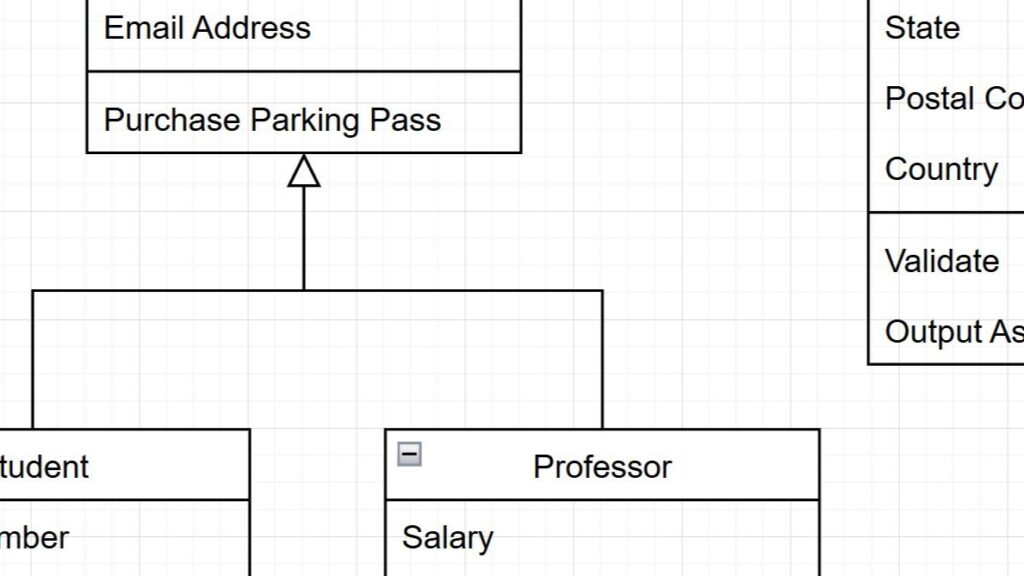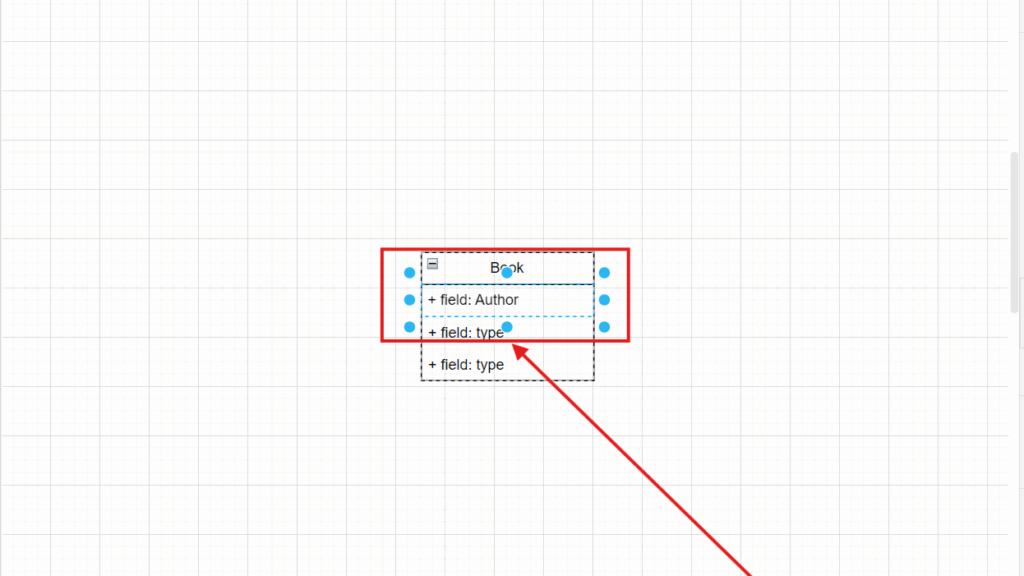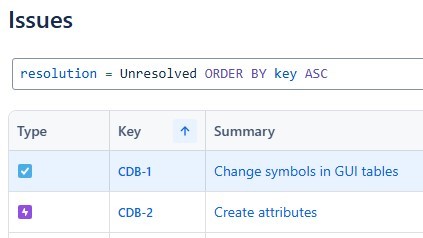Successful Requirements Engineering with Elicitation Techniques
In computer science and project management, Requirements Engineering with Elicitation Techniques is a crucial process for project success. These techniques help teams gather and understand stakeholder needs accurately. By simplifying complex ideas, they turn abstract goals into clear, actionable requirements. In this article, we explore how to choose and apply the right elicitation techniques to ensure effective communication and successful outcomes in requirements engineering.
Successful Requirements Engineering with Elicitation Techniques Read More »



















